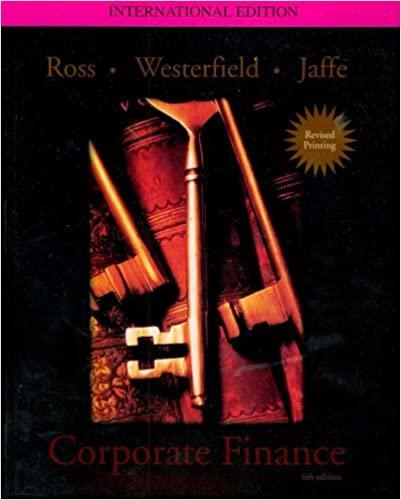Question
For the past five years John has run a business importing electrical goods from the Far East which he then sells to wholesalers in the
For the past five years John has run a business importing electrical goods from the Far East which he then sells to wholesalers in the UK. His statement of profit or loss for the year ended 31 December 2019 is as follows:
Sales 325,000
Cost of sales (172,500)
Gross profit 152,500
Rent received(Note 1) 9,500
162,000
Wages and salaries 50,200
Rent and rates (Note 1) 12,900
Light and heat (Note 1) 5,250
Depreciation of fixtures and fittings 1,500
Insurance 3,550
Travelling and entertaining (Note 2) 10,750
Irrecoverable debts (Note 3) 6,750
Depreciation of vehicles 7,500
Motor car expenses (Note 4) 4,500
Sundry expenses (Note 5) 750
Legal and professional charges (Note 6) 4,750
Interest on bank overdraft 1,500
Van expenses 9,300
Telephone 3,350
Repairs and renewals (Note 7) 3,500
126,050
Net profit 35,950
NOTES 1. Rent received is in respect of a fat above Johns business premises that is rented out. John estimates that a tenth of the rent and rates, and a seventh of the light and heat is in respect of this fat.
2. Travelling and entertaining expenses:
Johns business travelling expenses 5,175
Christmas presents for staff 250
Entertaining UK customers 5,050
Gifts to customers that carry the business name:
Boxes of chocolate costing 5.00 each 125
Calendars costing 1.50 each 150
10,750
3. Irrecoverable Debts
Trading debts written of 5,250
Increase in allowance against specific debtors 1,750
Non trading loan written of 200
A trade debt recovered which had been written of the previous year (450)
6,750
4. Motor car expenses
Johns motor car expenses 3,300
Salesmans motor car expenses 1,200
4,500
Johns total mileage for the year was 12,000 miles. During the year he drove 2,000 miles on a touring holiday and estimates that the balance of his mileage is 20% private and 80% business.
5. Sundry expenses
Donation to national charity 50
Donation to local political party 100
Subscription to chamber of commerce 25
A gift to a member of staff upon marriage 45
Johns squash club subscription 250
Advertising in trade press 280
750
John often uses his squash club as a place to take customers since several of them are keen squash players.
6. Legal and professional charges
The cost of renewing a 21-year lease in respect of the business premises 250
Accountancy 3,050
Debt collection 300
Legal fees in connection with an action by an employee for unfair dismissal 1,150
4,750
Included in Johns accountancy fee is 950 for taxation services. Of this, 200 is for the normal taxation work involved in submitting accounts to the HMRC. The balance is in respect of calculating Johns capital gains tax liability following the disposal of some shares that he had owned.
7. Repairs and renewals
Repairs to the office photocopier 175
A new printer for the office computer 650
The installation of new central heating for the office 2,200
Decorating the office 475
3,500
During the year ended 31 December 2019 John took various electrical goods out of stock for his own and his familys use without paying for them. These goods cost 450 and would have normally been sold at a mark-up of 30%.
John has a room in his private house that he uses as an office as he often works at home. The allowable amount for the use of the office is 250 and appears to be a fair estimate. Also, John makes business calls from his private telephone and he estimates the business use as two fifths. The total of his private telephone calls for the year was 450.
REQUIRED (a) Calculate Johns adjusted profit (before capital allowances) for the year ended 31 December 2019.
(b) In addition to trading profit, during the same year ended 31 December 2019, John received property income of 5,000 but accidently entered the figure in his tax return as 500. He also received other taxable income of 7,000 and deliberately declares 5,000 in his tax return. Critically discuss the tax implications of these two scenarios.
Step by Step Solution
There are 3 Steps involved in it
Step: 1

Get Instant Access to Expert-Tailored Solutions
See step-by-step solutions with expert insights and AI powered tools for academic success
Step: 2

Step: 3

Ace Your Homework with AI
Get the answers you need in no time with our AI-driven, step-by-step assistance
Get Started


